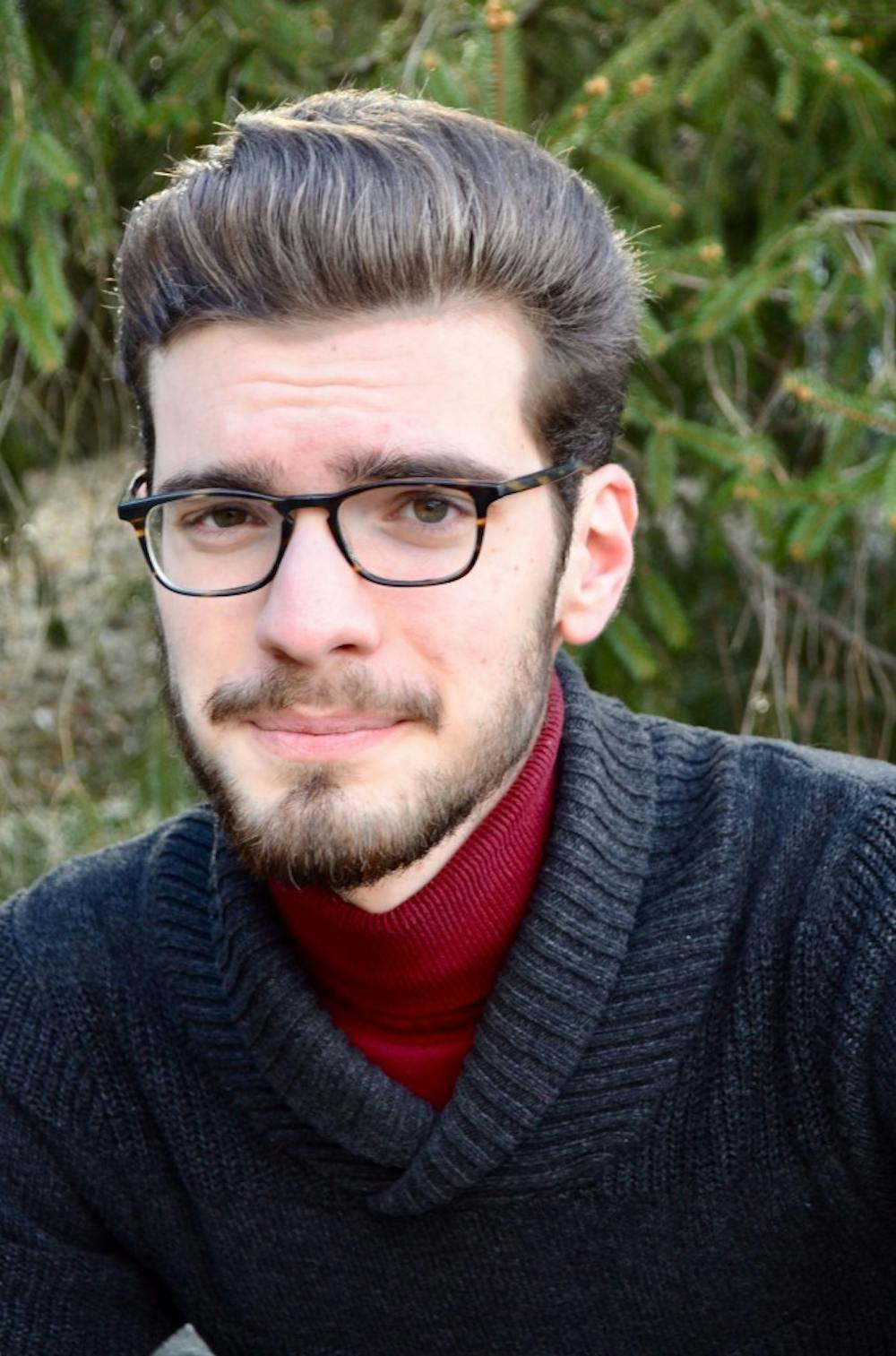With each incendiary event on campus, a pattern plays out: the University notifies and responds, students don’t think the response is enough and people hit the airwaves demanding the institution do “more!” The emotional fire is justified and understandable, but the calls for administrative action often succumb to flaws which compromise their potential for progress.
For one thing, we have a way of demanding change overnight. Sometimes it's a lack of understanding of how bureaucratic process works or unfeasible demands. One demand renders one or all the rest impossible, or a claim is made which can't be addressed until it's proven. My memory immediately goes to the list of demands drafter and posted by eight student organizations following last year's banana incidents. Like in all these situations, the angst felt by our students was justified, and I support them. At the same time, these demands can also be studied as examples of a short-sighted, counterproductive approach to effecting change.
Increasing the number of professors of color by tenfold and increasing the professors of color who make tenure by 10%...in the span of three years
The idea here is that students want to see more diversity in the faculty, but the specificity is counterproductive: according to the Office of Institutional Research, there are 889 full-time faculty, of whom 23 percent identify as nonwhite. A tenfold increase would mean 2,000 additional faculty—more than twice the total! Such an increase requires huge changes in space and spending. Meanwhile, it takes an assistant professor an average of six years to reach a tenure decision.
Freeze tuition and implement a mandatory cap on tuition for two years.
On March 6, 2017, the Eagle reported that tuition would increase by 4 percent for this year and again for 2018-2019. According to Board Chair Jack Cassell, inflation alone is 2 percent. Add faculty raises, funding for the capital campaign and the elimination of additional lab and course fees, and the hike is explained. More relevant is that without more tuition money, there is no funding for an increase in faculty of color.
“Increase financial aid to all students.”
How do we do that when we’ve frozen tuition?
“Abandon the white supremacist and colonial curriculum…”
Transforming curriculum is a years-long and intensive process, not to mention that there is no detail supporting this sweeping claim.
Following the Confederate flag town hall last year, a student claimed these incidents were “the administration’s fault.” The fact is that the role of academic executives is a mix of diplomacy, publicity and strategy which doesn’t always allow for injecting cultural change from the top down. If it does, it takes time and requires process.
That doesn’t mean that our administration is ambivalent in matters of sensitive importance, and this leads to the second weakness in our thirst for change: sometimes, we slow ourselves down when we don’t recognize what the institution has already done.
On January 22, hate struck again as anti-immigration flyers were found around campus. The process repeated: the University notified the community that afternoon (and President Burwell issued her own statement the next day) and students were frustrated with the response, saying it “wasn’t thorough enough.”
The next day, the Eagle ran an article in which students voiced their frustration. Those quoted attribute their unrest to Vice President of Campus Life Fanta Aw’s neglect to list resources for those affected. I don’t contest this.
But the rest of the critique of the “University” claimed that the institution “ignored” the incident and has not expressed its support for first-generation and DACA students.
I think it has, and it started with the Kerwin administration:
By December of 2016, President Neil Kerwin had made public his participation in a joint statement supporting DACA students, signed by 703 academic leaders, and outlined his specific commitments to AU’s undocumented students. The Office of International Student and Scholar Services offered its own advice around the same time, which Kerwin also publicized.
President Kerwin reiterated the information on his actions, and summarized his commitments, by February 10, 2017.
Soon after the end of the Kerwin administration, President Sylvia Burwell released her own plan and affirmed her interest in keeping the institution committed to and aware of these issues by replacing longtime Chief of Staff David Taylor with DACA architect Seth Grossman.
Later that semester, President Burwell made impressions on AU students by speaking through tears following the Confederate flag incident. One cannot generalize a culture of neglect from a lack of listed resources in one email.
The idea of change is to build upon the past and use the resources of the present to plan a feasible future, one measure at a time. If we don’t recognize the progress of the past and the requirements of the present, we work against our own progress down the road ahead.
Gabriel Simerson is a sophomore in the School of Public Affairs. He is an outside contributor. The opinions expressed by the author are theirs alone, and do not necessarily reflect the views of The Eagle and its staff.





